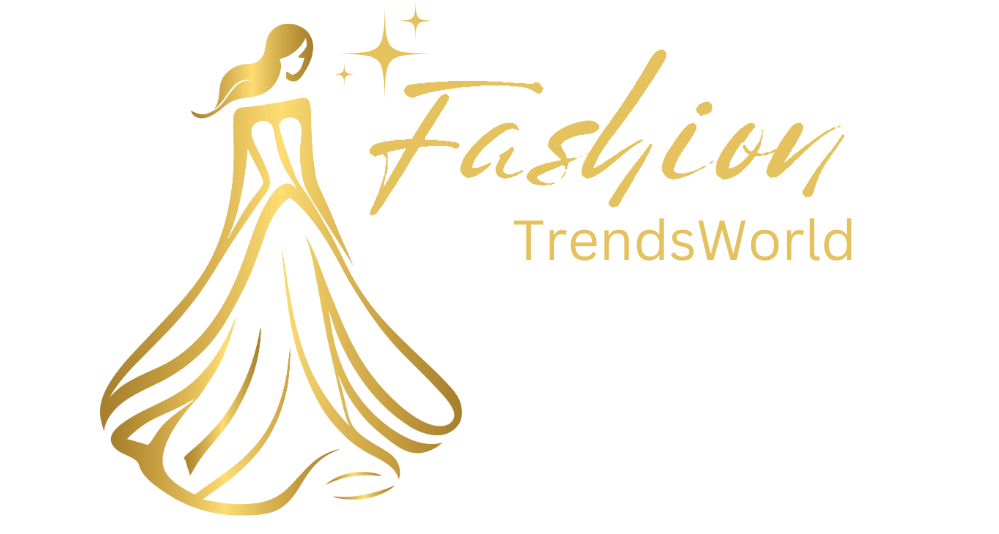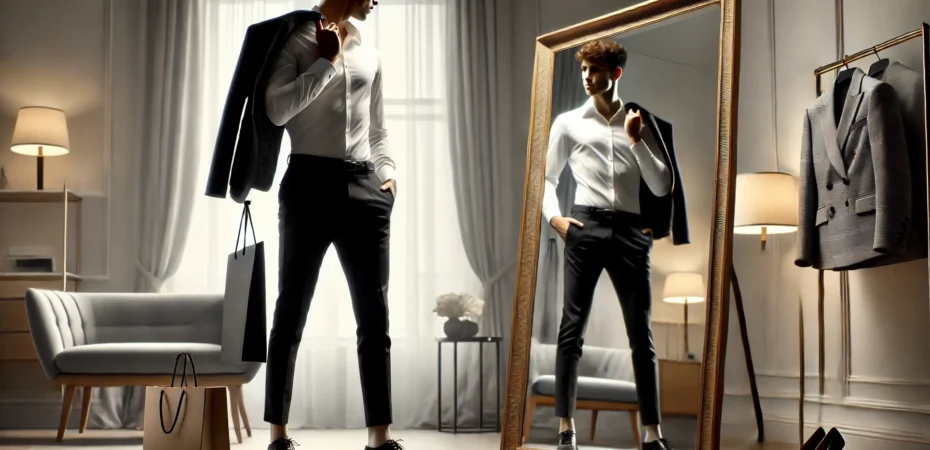From Runways to Real Life: How Fashion Influences Culture and Society
5 months ago fashiontrendsworld Comments Off on From Runways to Real Life: How Fashion Influences Culture and Society
Introduction: Fashion as a Mirror of Society
Fashion is not just a collection of clothes or a mere trend but an art form, a reflection of cultural values, and a very strong medium through which society communicates its ideologies. Beneath the apparent superficiality or fleeting nature of the fashion industry lies a much deeper significance in forming our collective consciousness. From the catwalks of haute couture to street fashion, the clothing we wear does not just please our eyes; they tell us messages, represent social movements, and give way to how we perceive ourselves and others. In other words, fashion has always been, and will continue to be, a mirror through which we can look into the complexities of culture and society.
Evolution of Fashion: A Mirror of Social Change
Fashion has, throughout history, embodied changes in social, political, and economic climates. The flamboyant Victorian styles spoke of rigid class structures as well as modesty ideals of that era. In the 1920s, the flapper dress and bobbed hair of women symbolized the breaking of traditional gender roles and gave rise to female empowerment. This is how the civil rights movement promoted the development of fashion among the American people: the growth of African-American designers and models in their self-expression that attests them to make their place in the industry. Currently, the fashion is becoming a part of the international dialogue on the environmental concern, self-esteem, and it’s complete inclusivity. Each generation of fashion trends remains as an illustration of the mood, conflict, and victory of each generation.
Fashion and Identity: How Clothes Form Personal Identity
Among the many significant impacts that fashion exerts is that it is the tool to build and communicate personal identity. Clothing forms a type of self-expression and enables one to express their personality, belief system, or association through it. Fashion, be it color, silhouette, or even material, lets one express oneself before the world in ways words could not describe. For instance, punk in the 1970s was an example of using fashion to express anti-establishment views, while athleisure, the recent rise of athleisure wear, reflects the increasing health-consciousness of society. Through our choices in what we wear, we are constantly negotiating our identities both with ourselves and the society that surrounds us.
The Power of Runways: Shaping Trends and Public Perception
Runways have for long been perceived as the highest level of high fashion, that space where creative designers’ most visionary and experimental concepts come to reality. However, fashion shows influence much beyond the catwalk. Trends which are shown on runways across international boundaries trickle down to street fashion, determining what consumers buy, wear, and aspire to. Its collection might be viewed in Paris, Milan, or New York to create global trends which could penetrate every stratum of society, from high-end boutiques to high-street fast-fashion chains. What is revealed initially as an indulgent presentation of artistic expression often becomes a synonymous form of status and aspiration, molding the greater public’s perception of what is fashionable and desirable. The runway is not just a fashionable spectacle but a cultural stage: lines are drawn where one would better off between art, commerce, and society.
Fashion as a Cultural Language: Communicating Values and Beliefs
Fashion is the universal language, which talks across borders and directly relates to our values and beliefs. From religious clothing like the hijab to the new trend of gender-neutral clothing, fashion has become very important in social commentary. What we wear conveys, it can signify solidarity with a cause, political affiliation, or support for marginalized groups. Consider the sea of pink pussy hats of the Women’s March, and the all-black outfits worn by celebrities at the Golden Globes to draw attention to the #MeToo movement. Fashion enables individuals and groups to identify themselves with a particular ideology, expressing that through their clothing. As such, the industry plays a pivotal role in driving change, reflecting societal shifts, and giving voice to those seeking justice.
Social Media and Fashion: The Democratization of Style
Social media has been instrumental in democratizing fashion in today’s digital age, breaking down barriers of access and allowing individuals to engage with the industry in ways previously unimaginable. Platforms like Instagram, TikTok, and Pinterest have empowered people to showcase their unique styles, regardless of their background or social status. Influencers, once relegated to magazine covers and TV screens, now have the power to set trends, launch brands, and reshape fashion’s narrative from the ground up. Accessibility has transformed the fashion industry from a limited, elitist domain to a diverse, more inclusive environment that empowers every individual to take control of and dictate trends while driving cultural discourses. This is further evident in the current popularity of vintage and second-hand clothing due to consumers’ pursuit of sustainability and their desire to get nostalgic about other ages.
Conclusion: Influence of Future of Fashion on Society
The influence of fashion on culture and society would continue to change with new technologies, new movements, and ideology; yet again, when a lot of emphasis is placed on inclusion, sustainability, and individuality, the place for social dialogue and personal empowerment is in fashion. The emerging array of eco-friendly designers, increased demand for non-gendered clothing, and the use of the fashion world as an activism tool are just a few indications that there is going to be a march towards a more conscious fashion industry that is equitable on a global scale. For fashion to continue being a mirror of society, it is important that one recognizes its potential to transform personal identities as well as to spearhead broader cultural changes within society, which define each age.





